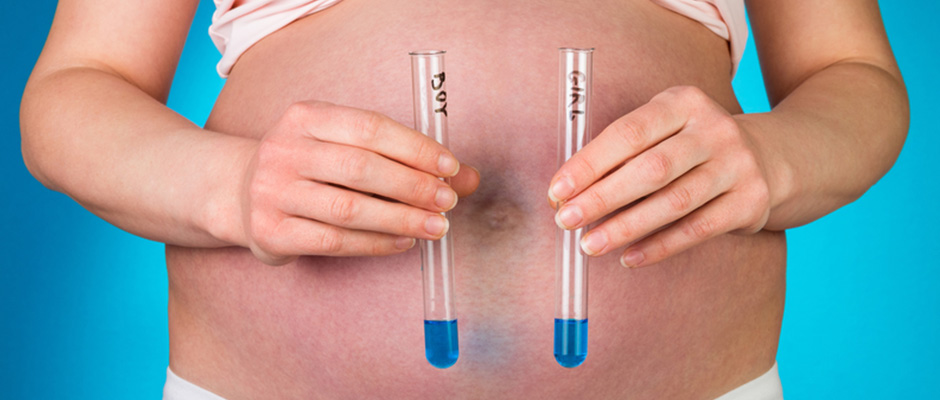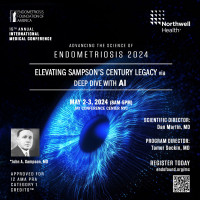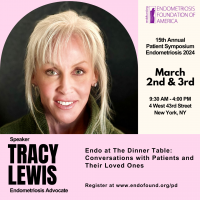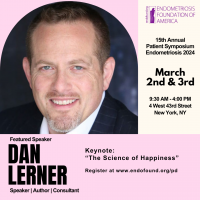
As The Blossom recently reported, having endometriosis and conceiving the old-fashioned way, can have its difficulties, but with a little help from in vitro fertilization, experts say endo women can have a higher success rate with conception.
However, the IVF process can differ with endometriosis present, because doctors interviewed by The Blossom say they take care to not worsen the condition with the introduction of additional hormones in the body.
Dr. Mark Surrey, co-founder and medical director of the Southern California Reproductive Center, who specializes in fertility and reproductive medicine, says that prior to beginning ovarian stimulation, which is necessary for egg retrieval, he advises women with endometriosis to undergo laparoscopic excision surgery to excise endometriomas, or endometriosis-filled cysts, "three to four centimeters or larger.”
To start the IVF process in a woman without endo, Surrey says he typically gives Lupron and progesterone-based oral contraceptives to begin the follicle stimulation process. But for women with endometriosis, he instead administers Ganirelix or Cetrotide, which prevents premature ovulation ahead of egg retrieval, because, he says, it doesn’t have a “flare phase," or cause an endo flair-up, and promotes adequate follicular development.
Dr. Jessica Chan, a fertility specialist in Obstetrics at Cedars-Sinai in Los Angeles, says she, too, recommends a conservative laparoscopic excision surgery to remove endometriomas before beginning a cycle of IVF. If the cysts are under four centimeters, she says she typically leaves those alone and simply monitors them. “Egg quality and quantity decline with age," Chan tells The Blossom. "Endometriomas can take over the architecture of the ovary. The sooner women can seek help, the better.” That’s not all Chan is mindful of. Once the IVF process begins, “it can increase levels of estrogen, which can cause endometriosis to flare,” Chan said. “However, it’s a short time that patients have to be on those protocols. I’m very careful about monitoring pain symptoms in patients with endometriosis during ovarian stimulation.”
Director of Reproductive Endocrinology and Infertility at Lenox Hill Hospital, Dr. Tomer Singer, has found that patients with endometriosis typically need double the number of cycles to achieve viable pregnancy through IVF. This is often due, he says, to diminished egg quality.
“We tend to monitor patients with endometriosis more frequently,” Singer said. “During ovarian stimulation in endometriosis patients, I typically use Letrozole, which reduces estrogen levels. I also use Lupron, which helps pelvic pain. Lupron is typically used 35 hours before egg retrieval.”
Singer recommends women check out Sartcorsonline.com/Predictor/Patient and enter some information to predict success rates with assisted reproductive technology. For women with endometriosis, the calculator also provides a specific box to check off. Despite the wonders of assisted reproductive technology, Singer admits that there's no better savior in the face of endometriosis and fertility than time itself. “If you have endometriosis, we encourage freezing eggs at a younger age,” Singer adds. “If a patient freezes eggs at age 30,” he says, “they have a 50 percent IVF success rate.”









